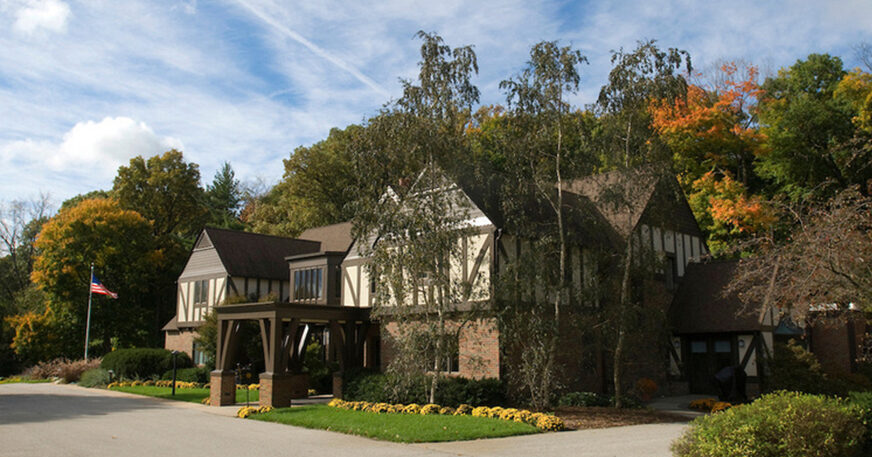Improving prostate cancer relapse forecast by 14 months

WEST LAFAYETTE, Ind. —
A new tool could help save lives by predicting prostate cancer relapse 14 months earlier than current standard methods. The tool, a computer model, makes its predictions by using levels of a single biomarker produced by prostate cells to forecast the interplay of biochemical reactions linked to prostate cancer.
In developing the model, researchers also found four promising “model-based biomarkers,” parameters the model calculates that appear to predict relapse. The research was recently published in iScience, an open-access journal from Cell Press.
Researchers developed and tested the model using health care records of 166 prostate cancer patients, 10 of whom relapsed within six years after receiving external beam radiotherapy (EBRT). Although the model made its predictions based on data for which the outcome was already known, contributing researcher Hector Gomez, a Purdue University professor of mechanical engineering, said it could be a useful tool for doctors monitoring patients after radiation treatment.
“I think this has huge potential for clinical use. Look at the amount of time you gain on detecting relapse in patients compared with current practice,” said Gomez, a member of the Purdue Center for Cancer Research. “That’s more than a year of time gained for a secondary treatment that might be able to beat the disease.”
The collaborative research effort involved Alessandro Reali of the University of Pavia in Italy, first author Guillermo Lorenzo of the University of Pavia and University of Texas at Austin, Victor Perez-Garcia from University of Castilla La Mancha, and researchers at Purdue and IRCCS San Raffaele Hospital and Scientific Institute in Italy.
Prostate cells — whether healthy or cancerous — produce a protein called prostate-specific antigen (PSA). As a prostate cancer tumor grows, levels of PSA rise, and PSA levels are used as a standard clinical biomarker of prostate cancer. EBRT, a common treatment, kills prostate cells, and PSA levels are expected to fall in the months following treatment. But if cancer cells survive the treatment and begin to reproduce, PSA levels will again rise, eventually reaching the point of “biochemical relapse.”
The standard threshold for biochemical relapse is reached when PSA levels — which are checked at intervals months apart — have risen more than 2 nanograms per milliliter above the lowest level of PSA detected, which is called PSA nadir. Between 20% and 50% of prostate cancer patients who receive EBRT as their primary treatment reach biochemical relapse within 5-10 years after the end of their treatment, at which point doctors may choose to confirm tumor recurrence through biopsy and imaging methods.
“Our model predictions open the door to design personalized PSA monitoring plans that can tell physicians the right time to investigate potential tumor recurrences and maximize the window of curability,” said Lorenzo.
Gomez and his team proposed that a mechanistic model, which describes the elements in a system mathematically, could use PSA data to forecast relapse sooner than the standard practice. The model draws on existing research and equations that establish the relationship between PSA and a suite of pathways linked to prostate cancer — such as the death rate of damaged cells, the fraction of cells damaged but not killed by the radiation, and the proliferation rate of the surviving cells.
“The only information the model gets from patients is PSA data, but we look at that data in a smarter way using the model,” Gomez said. “From PSA data and a set of equations, the model provides additional information about what’s happening in the body. It infers a bunch of additional values, and some of those values predict relapse.”
The model included seven such parameters, but Gomez said the team didn’t know in advance which parameters would prove to be predictive. Drawing from health care records that followed prostate cancer patients through EBRT and beyond, the team entered PSA data into the model and compared its predictions with the known outcome. The model was used retrospectively in the research, but the same principles would apply to using it to make prospective predictions.
The model correctly predicted relapse in 80% of the patients, but 14.8 months earlier than the current standard based on PSA nadir. Four additional model-based biomarkers inferred from PSA — the proliferation rate of tumor cells, the ratio of that rate to the radiation-induced tumor cell death rate, the lowest inferred value of PSA, and the time to PSA nadir since EBRT termination — also outperform PSA at nadir.
This stage of the research was limited to patients who were treated solely with EBRT. Additional research might broaden the scope to consider patients who underwent radiation with simultaneous hormonal treatments.
“Patient-specific forecasting of postradiotherapy prostate-specific antigen kinetics enables early prediction of biochemical relapse” was funded by the European Union’s Horizon 2020 research and innovation programme, with support from the Purdue Center for Cancer Research, the Italian Ministry for University and Research, and the Spanish Ministerio de Ciencia e Innovaciòn.
Media contact: Trevor Peters, peter237@purdue.edu


